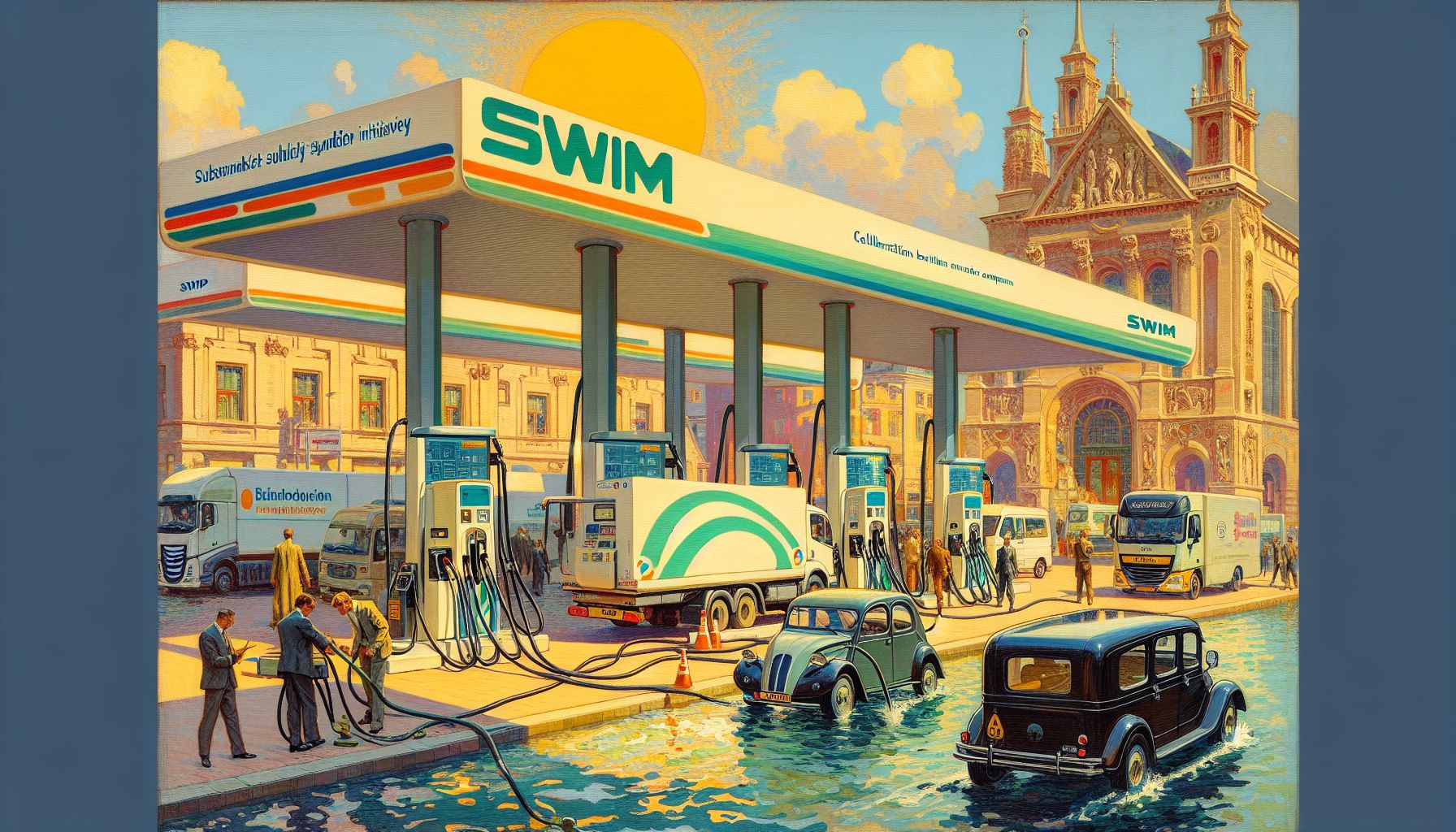Dutch Subsidy Program Boosts Hydrogen-Powered Transportation

Netherlands, Wednesday, 24 July 2024.
A new Dutch subsidy initiative, SWIM, aims to accelerate hydrogen adoption in transportation. Offering up to €6 million per project, it supports investments in hydrogen refueling stations and vehicles, fostering collaboration between station operators and transport companies.
Incentives to Propel Hydrogen Infrastructure
The SWIM (Subsidie Waterstof in Mobiliteit) program represents a significant push towards green mobility in the Netherlands. The initiative provides up to 40% subsidy for hydrogen refueling stations, capped at €2 million per application, and up to 80% for hydrogen vehicles, with a maximum of €4 million per application. These provisions are designed to make hydrogen a compelling alternative to traditional fossil fuels, particularly for the heavy transport sector, which faces unique challenges in adopting electric vehicles due to range and refueling time constraints.
Collaborative Efforts and Eligibility Criteria
The program encourages partnerships between hydrogen refueling station operators and transport companies. To qualify, consortia must include at least one refueling station operator and one transport or logistics company. Importantly, the projects must ensure that vehicles using the hydrogen refueling stations cover at least 30% of the station’s capacity, with 50% of these vehicles being heavy road transport. This collaborative approach aims to create a robust hydrogen ecosystem, ensuring that investments in infrastructure are matched by a corresponding uptake in hydrogen vehicles.
Strategic Timing and Impact
Applications for the SWIM subsidy can be submitted from 15 July 2024 to 6 September 2024, with a maximum evaluation period of 13 weeks. The Dutch government’s commitment to hydrogen is part of a broader European effort to reduce CO2 emissions and air pollutants. The European Union has mandated the development of alternative fuel infrastructure by 13 April 2024, underscoring the urgency of such initiatives. Currently, the Netherlands has 14 public hydrogen refueling stations, a number that is expected to grow significantly with the help of the SWIM program.
Broader European Context and Industry Collaboration
The Netherlands is not alone in its hydrogen ambitions. Germany, for instance, has allocated €4.6 billion in subsidies for hydrogen projects, with companies like RWE and Air Liquide contributing an additional €3.3 billion. These projects focus on the production, storage, and transportation of hydrogen, highlighting the widespread commitment to hydrogen as a clean energy source. Additionally, Airbus is working on the ZEROe project, aiming to launch the first hydrogen-powered commercial aircraft by 2035. Such collaborations and innovations are crucial for the successful transition to a hydrogen economy.
Conclusion: A Roadmap to Sustainable Mobility
The SWIM program marks a pivotal step towards sustainable transportation in the Netherlands. By fostering collaboration and providing substantial financial incentives, the initiative aims to overcome the initial barriers to hydrogen adoption. As the country moves towards its goal of 50 hydrogen refueling stations by 2025, the success of SWIM could serve as a model for other nations seeking to reduce their carbon footprint and embrace green technologies.

